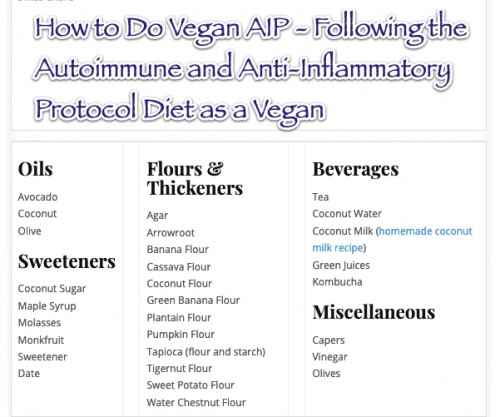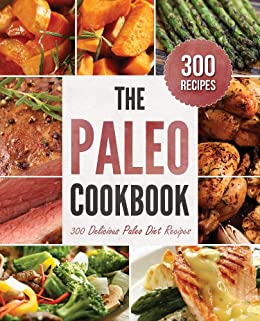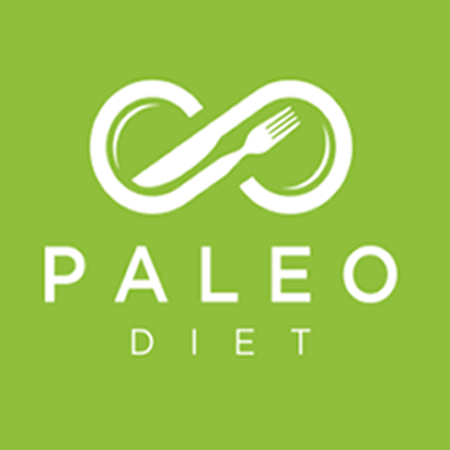
The menu diet paleo emphasizes eating foods that our ancestors ate. This diet includes foods such apricots, dried Pumpkin seeds, and banana with almond Butter. It's also rich in sweet potatoes, chicken, and other veggies. EatingWell understands that the paleo diet can be restrictive. However, they believe in the value of certain foods. Here are some suggestions for healthy foods that you can enjoy while eating healthy.
Pola makanan paleolithic manusia
Christina Warinner, Ph.D., studied pola makan manusia purba and mitos-mitos pola makanan paleolithic manusia in 2010. She reveals that manusia Paleolithic consumed large amounts of daging and ate all kinds of meat. This myth was widely believed by paleolithic people, but is now considered outdated and irrelevant.
The diet of the paleo, also known by the diet of manusia ga, allows you to eat the same food as manusia guma used to eat. They not only improve their kesehatan but also help to preserve their heritage. This diet isn't for everyone. It is not right for everyone.
Two types of kelompokan make up the lukisan of Ramasokat: ceruk, and lukisan-gua. They were grown in the Sulawesi Tenggara area and Liabalano. The lukisan gua is a mix of protein, fats, and amino acid. These nutrients can support healthy living and help us understand how humans evolved.

The modern diet has many benefits, but it also comes with risks. People who eat foods richer in nutrients like those found in Paleolithic Era have a higher risk of developing diseases. A healthy diet will reduce your risk of developing diseases. Clean Eating can help you eat healthier. Eating this way has obvious benefits. A low-fat diet can improve your health and prevent you from becoming sick.
Foods that are allowed on a paleolithic diet
Add sugars, vegetable fats, and artificial sweetness are all common in processed foods. They can be dangerous for your health. Salt and refined sugars are both factors that contribute to obesity and can cause heart disease. Vegetable oils have also been controversial. The American Heart Association recommends using corn or safflower oil to replace canola. These oils contain high amounts of omega-6 fat acids.
Some commercial paleo diets limit dairy products to a minimum. Others have more strict restrictions. The paleolithic menu includes lean pork loin with onion and carrot stuffing, roasted chicken with onions and carrot stuffing, and steamed broccoli. Other paleo diets allow honey and maple syrup in small quantities. Research on the health benefits of this diet is mixed.
A common thing paleo fans suggest avoiding is legumes. These legumes contain high levels phytic Acid. These substances prevent the absorption and utilization of essential minerals. However, they are permitted in some cases. It's tempting to eat beans and potatoes but it's not recommended that you do so as often as other processed foods. Rather, you should include plenty of fruits and vegetables in your daily meal plan.
Guidelines for eating a paleolithic meal
Although the Guidelines for Eating a Paleolithic Diet is very different from the modern diet, they share the same principles. While the Paleolithic diet was primarily composed of animal products, it is also rich in plants, and there are few limitations. The diet is not for everyone. It is important to be cautious if Paleolithic living might suit you.

Paleolithic diet excludes the most popular food groups, including dairy products. You could be at risk for nutritional deficiency if you eliminate these key food groups. In particular, a lack of calcium in the diet can lead to tooth decay, and deficiency in this vital mineral may have detrimental effects on your bones and teeth. Calcium plays an important role in blood clotting as well as muscle contraction. Whole grains are also less likely to develop heart disease, stroke, or type 2 diabetes. You may be at risk of calcium deficiency because grains were almost completely eliminated.
Many principles are involved in Paleolithic-style eating. It encourages the consumption of nutrient-rich foods and protein, while limiting carbohydrates and processed foods. To avoid overdoing it, it is important to carefully follow these guidelines. Remember that a paleolithic diet is different for every individual. It is important to remember that the Paleolithic diet was based on a lifestyle that existed 10,000 to 12,000 years ago.
FAQ
Are you able to cook by yourself?
Self-taught cooking is possible! The joy of cooking is something that everybody enjoys doing, no matter their skill level. Start cooking at home if you want to learn how to cook. Start small with simple things like spaghetti sauce or pancakes for breakfast. Try new recipes and be open to experimentation when learning how to cook. It's possible that you will make mistakes.
The time it takes to learn to cook can vary from just a few hours up to several weeks, depending upon your skill level. Cooking is more than following recipes. There are many methods to prepare food.
How can I learn how to cook like a professional chef?
Cooking can be a great way for you to grow as a person. It is a great way for self-confidence to learn how to cook healthy food. You can learn to cook at home if your goal is to become a good cook. First, find out which recipes appeal to you. Next, you should read books on different cuisines, like Mexican, Chinese, and Italian. Finally, practice making different dishes until you feel comfortable doing them.
Which career path is best for someone who wants a career as a chef or chef? How can I start my career as a chef?
You should start as an apprentice if you are interested in becoming chef. Apprenticeships allow you to work for several years without paying any tuition fees. After you complete your apprenticeship, it is possible to apply for a job as a sous-chef. Sous chefs assist cooks with tasks such as making salads, and desserts. They also oversee the entire operation of the restaurant.
What skills do I need to get into culinary school?
You must have the ability to cook well and work under pressure. You should enroll in cooking classes at local community colleges or high schools to learn how to cook. Once you have learned the basics of cooking, it is time to look for work at a restaurant.
How can I motivate myself to cook?
Sharing food with friends and family is a great way to have fun cooking. Cooking for one is easier than cooking for another. Try something new if you want to feel motivated to cook. This will help you learn about new techniques and ingredients. You can also use recipes from other cultures to increase your culinary knowledge.
Statistics
External Links
How To
How to make an omelet that is perfect
Omelets have always been a favourite food to eat for breakfast. But how do you create them perfectly? I've tried many recipes and different methods but none have worked. So I am sharing some tips and tricks today to help you make fluffy, delicious omelets every morning.
It is important to know that eggs can be temperamental when making omelets. You must get them fresh, organically, and keep them cold until you cook. You must keep them cool enough to allow the whites to form properly and the yolks to become too runny if they're not kept at the right temperature. This will make your omelets appear strangely colored. It is best to use room-temperature eggs if you are going to cook them right away.
Another tip is to separate each egg before adding them to the saucepan. You don't want the white to get mixed with the yolk, as this could cause the egg to curdle.
You could end up burning the bottom half of the egg if the egg is added directly to the heat source. Instead, microwave the egg for 10 seconds before adding it to the pan. The microwave heat cooks your egg just right, without it becoming too soft.
Next, let us talk about how to mix the eggs. When mixing eggs, it is important to thoroughly beat them. You can do this by turning the bowl of your mixer upside down. Then, vigorously shake the bowl. This way, the air inside the bowl gets whipped around and mixes the egg thoroughly.
The fun part is now - adding the milk to the mixture. First, pour half of the milk into the beaten eggs and then fold the eggs gently into the remaining milk. If you still see streaks of eggs, don't worry. These streaks will disappear once the omelet has been turned over.
After folding the eggs, place the pan on medium heat and wait for the oil to start sizzling. Add 1/4 cup butter to the oil and swirl it around to coat all sides of the pan. Now carefully crack open the lid of the pan and sprinkle salt into the pan. An additional pinch of salt will prevent the omelet form sticking to your pan.
Cover the pan once the omelet is formed and allow it to cool completely. Flip the omelet with a spatula, or flip it upside down. Cook the opposite side for another minute. Serve the omelet immediately by removing it from the pan.
This recipe works best when you use whole milk.